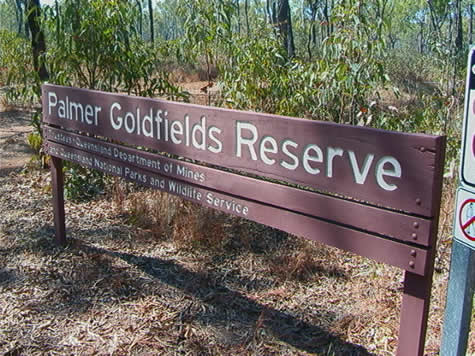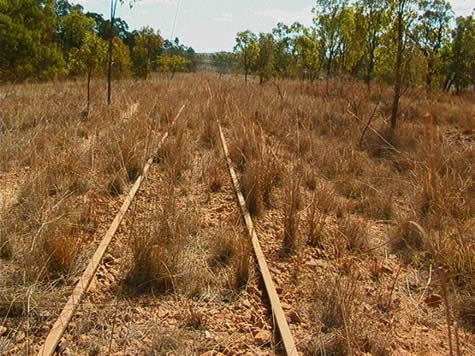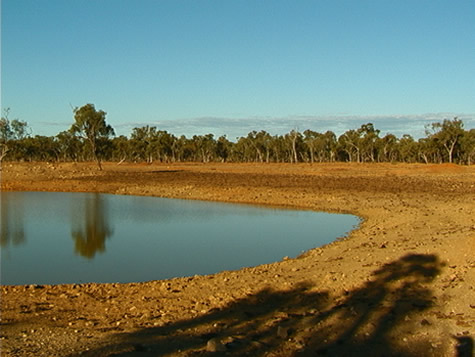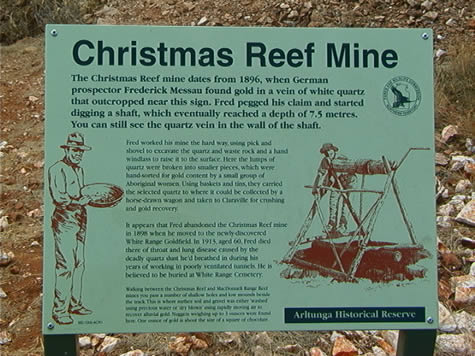Day 21
Central Queensland
We’re camped tonight next to a bore, a water-well feeding into a cattle watering hole. The cattle have finished drinking enough to survive for another day in this dry climate, and we moved in for some much needed washing-up. Fresh and clear water, boosting our spirits and cleansing our bodies.
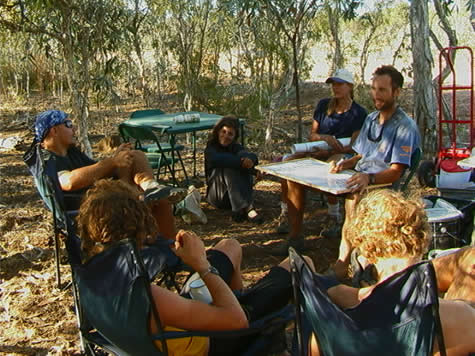
History can be defined as that which happens to a group of people, a country or a culture, or even an individual, and the changes that occur over time. Each person also has their own history. In the general update tonight Crister is giving you an idea of our Expedition 360’s daily schedule, by looking at today as an ‘average’ day. It’s a sort of 24-hour history.
Our Expedition has had quite a history and experienced many evolutionary changes through the past 21 days. Let’s take a look at a bit of our 1000 km history.
Morning preparation: I’m thinking back on the shores of the Coral Sea where we started our cycling adventure, getting everyone’s individual gear packed and next to ‘Blue Dog,’ our support truck, took hours. Then there was the job of putting it all in the back of the truck, orchestrated by John, who had some idea of what was in there and where it should go. (Which changed form everyday for the first week.) Some mornings it took several hours for John to finish loading the truck after we left camp and cycled down the track. Now, we are so organized that we can have breakfast and tea, clean up the kitchen supplies, pack all our own personal gear, get it to the truck, and then, as a team, get it all in the truck in organized piles in one hour. We then circle-up with our bikes and head down the road, Blue Dog and cyclists, at sunrise. The first few days we didn’t hit the road until after 8:30 and the truck didn’t catch-up with us for hours. It’s much better the way it is now, and much safer.
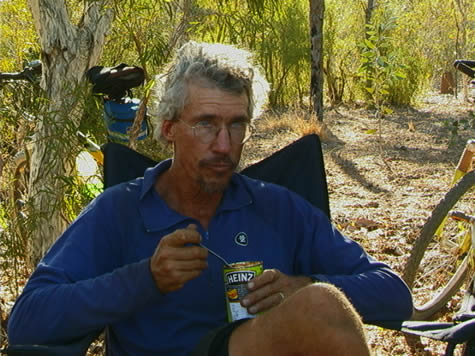
Food on the road: at first, we weren’t sure who wanted or needed what personal fuel while cycling. For some, they didn’t need much. For others, burning calories is a serious business and food stops are vital. We’ve evolved, through meetings, discussions and practical experience, the routine Crister is showing on his timeline, where we have Billy Tea and Johnny Cakes after about 40-50 kms, which is usually around 11:30 or so. Each person has their own stash of scroggin (mix of nuts and dried fruits) and maybe a granola bar or two to munch through the day. When we find our camp and carve out a home for the evening in the bush, we snack a bit and begin dinner preparation.
Get-up time: still evolving, and ready for a change as of tomorrow morning. At first, no pattern at all, people just sort of staggering around in the first light, cleaning dishes and cups from last night’s dinner so they could drink some tea or coffee if anyone had found the Billy Can to boil some water in. Some ate breakfast, some didn’t. Some cleaned, most didn’t it seemed. Then it was time to ride and all kinds of stuff wasn’t washed or put away, and no one seemed full enough to say they’d really had breakfast. Now, we’ve got a fine pattern. I get up early, well-before first light, stoke the coals in the fire with the wood put aside from the previous night specifically for that purpose, but the Billy on, which was filled the night before, as well as three pots of water, two for porridge, one for washing-up water. By 6:15 a.m., we’re fed and sitting by the fire sipping our cups of Billy Tea as first light dims the stars. Pack it up, and we’re on the way by 6:50. What a difference! It’s like looking at ancient history remembering back 21 days ago.
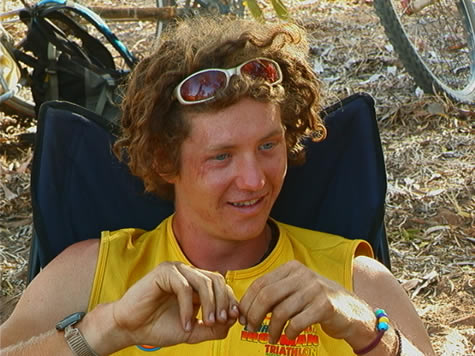
And since I will be leaving the Expedition, regretfully, in one more day, we’ve begun a rotating shift of members obligated to get up at 4:30 a.m. Tomorrow, in a humorous vein, is Josh’s day. Josh takes at least 45 minutes each morning to get up from the moment he is told GET UP!, which usually means he staggers to consciousness with barely enough time to do anything. It should be interesting, and will provide early morning entertainment to see how he does on the pre-dawn starlight duty. It will be history in the making to have Josh get up first.
There are many levels to history, what we do, where we’ve come from and where we’re going. Not the least of any of these is our own personal history, how we’ve grown through the experiences we’ve had, the people we’ve met, the challenging terrain we’ve experienced. History, in many ways, is an interpretation of events and the causes, which link them. My perspective is that there has been much growth in our group in the past 21 days, the first quarter of Expedition 360’s Australian journey. We’re making history.
Suggested activity: how about recording your own history? What changes have you gone through, what events led to those changes? Try writing a timeline first of major events in your history, or your family’s, and then turning it into a story. How about trying to write your own history from someone else’s perspective: what would your parents or brother or sister or best friend say about your history?
Or, try looking at your town’s history from several different perspectives: from the settlers’ viewpoint, or from the people’s who lived there before it became a town or settlement.
Jim
